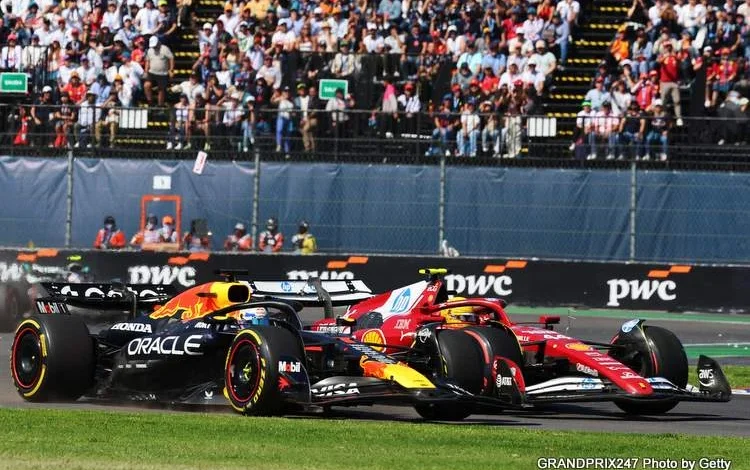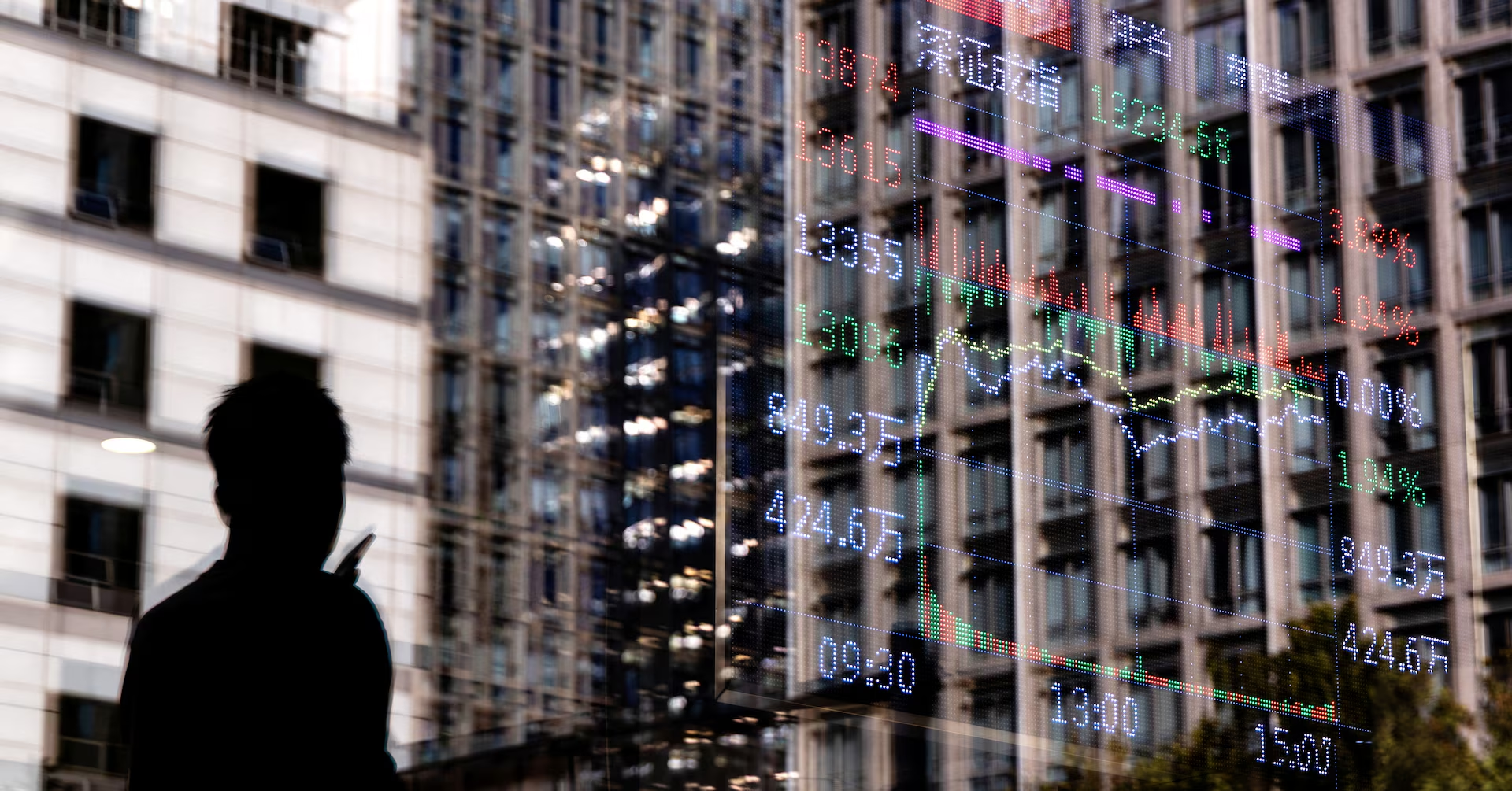Editor’s Desk: Rules are Rules

One of the main talking points, if not the main talking point, following the 2025 Mexico City Grand Prix was the ten-second penalty Lewis Hamilton received while Max Verstappen received none.
Hamilton was slapped with a ten-second time penalty after an incident on Lap 6 when he went off track onto the grass and rejoined the track ahead of Verstappen as the two were battling intensely for position.
It started when Verstappen tried to pass Hamilton, but the two touched, the Dutchman going off track and remaining ahead while the likes of George Russell lost out, while Ollie Bearman was lurking in the background, making an opportunistic move to third place—great stuff from the Haas rookie.
After that, Hamilton tried to retake the position from Verstappen but locked up at Turn 4, went off track into the grass, and rejoined without following the Race Director’s instructions to do so utilizing the specified escape road.
To be honest, after the Turn 1, Lap 1 drama where Verstappen went onto the grass and rejoined ahead of the Ferraris and with the four-time Formula 1 Champion’s clash with Hamilton later on, there was so much going on at that moment for us to calmly evaluate and analyze.
With the race still going on, two valid questions popped up:
- Why wasn’t Verstappen penalized for the Lap 1 incident with Russell crying foul during and after the race?
- Why was Hamilton only penalized while Verstappen also went off-track when they clashed on Lap 6?
Now, with the race over, and after looking into replays, I write this Editor’s Desk as I endeavor to try and explain how these decisions were taken.
The Lap 1 Incident
Despite starting on the Medium tyres, Verstappen made a great start, making use of the slipstream of the Ferraris as four cars reached Turn 1 fighting for the same piece of tarmac.
While Norris escaped the melee and raced into the distance, the Ferraris of Hamilton and Leclerc remained fighting each other as well as Verstappen while Russell was trying to find a way through.
Verstappen was on the extreme left and went over the kerbs, which meant he was no longer in control of his car, which was bottoming out, and as a result, he locked up, went off, and ended up in the run-off area on the grass and rejoined ahead of one of the Ferraris and ahead of Russell.
He then gave the position back to the Ferraris but not to Russell, who did not like it, voicing his dismay over the team radio.
But the replay showed that Verstappen was well ahead of Russell before he went off and thus did not gain an advantage, while the advantage he gained over the Ferraris was negated when he gave the position back.
Given it was also a first-lap incident, and the agreement that such incidents will be looked upon with leniency, no action was taken by the stewards. The FIA did not even publish a document related to the chaos of Lap 1.
And deep down, Russell knew that was the case, and instead of attacking the stewards while facing the media after the race, he opted to criticize the layout of the Autódromo Hermanos Rodríguez!!
The Hamilton-Verstappen incident
Now we come to the complicated stuff: on Lap 6, Verstappen launched his car into Turn 1 and was on the inside, but he and Hamilton touched, the #1 Red Bull going off track and rejoining ahead of the #44 Ferrari.
After that Hamilton tried to retake his position and locked up and went through the grass, rejoining ahead of Verstappen and not giving the place back.
To clarify matters, Lewis was investigated for three breaches:
- Causing a collision in Turn 1 with Verstappen.
- Rejoining while not following the Race Director’s instructions.
- Going off track and gaining a lasting advantage.
Regarding the first point, and as per the FIA decision document 38 from the Mexico City Grand Prix, the stewards deemed that Verstappen’s car was ahead and that he had claimed the corner while Hamilton did not give him space.
The document stated: “The contact had no consequences for either car. Considering that HAM had limited opportunity to leave additional space on track, that both cars were side by side throughout the corner and no sporting consequence resulted from the contact and noting that in similar incidents in the past no further action was taken, the Stewards determined that the matter falls within a racing incident.”
Since Verstappen made the move stick, the stewards did not penalize Hamilton, while the former has done nothing wrong.
As for the second point, it was a simple, straightforward decision according to FIA’s decision document 37, which said: “Car 44 locked brakes on the approach to turn 4 and went into the run-off area. The Stewards determined that the car was carrying too much speed to enable the driver to use the prescribed escape road and for that reason the driver had a justifiable reason for failing to comply with the Race Director’s instruction. Given the circumstances, the Stewards took no further action.”
How the penalty was dished out
As for the third infringement, it was handled by the stewards with their verdict explained in document 36, which said: “Car 44 (HAM) locked brakes, left the track at Turn 4 and used the grass area while rejoining in the direction of Turn 5.
“As the driver was unable to follow the route prescribed by the Race Director along the “yellow line” due to an excess of speed, no breach of the Race Director’s Notes is deemed to have occurred. However, by leaving the track and cutting the corner, the driver gained a lasting advantage, overtaking Car 1 (VER) and failing to give back the position thereafter.
“The standard penalty for leaving the track and gaining a lasting advantage is therefore imposed.”
Saying it in plain terms: Hamilton was trying to pass, locked up, went off, and kept his lead over Verstappen.
So while many have been voicing their dismay regarding the seven-time F1 Champion’s penalty, claiming that Verstappen was off the hook during the race, including this author, a calm reflection after the race shows that the wording of the rules has been applied with consistency to a certain extent.
We have to keep in mind that some of these rules have been developed in response to Verstappen’s style of fighting out on track, with many of his rivals complaining about the way he exploits the grey zone in the rules.
We at GrandPrix247 have always maintained that overregulating F1 is bad for the sport and that drivers should be allowed to race more freely.
So is it now fair to complain about them when the Red Bull ace benefits from the rules imposed to rein in his driving?
Don’t hate the player, hate the rules…





